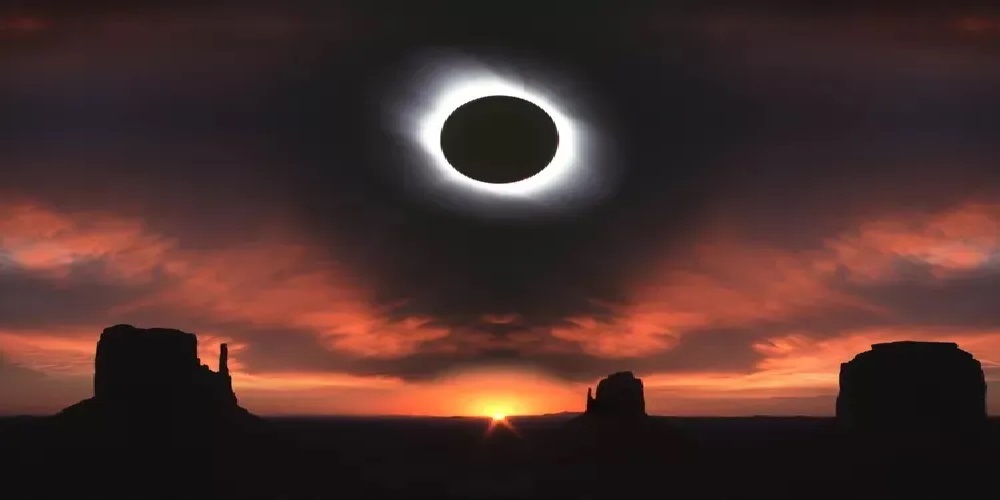With total eclipse warnings for April 8, 2024, a rational question to ask, is: how prepared are you personally?
Expected to be an extraordinary event for scientists, it nonetheless foretells of consequences for all and sundry.
In other words, it is one phenomenon that comes with warnings for both the big and the small. It is for these reasons that very discerning persons and corporates have begun to make elaborate preparations along the lines of the many total eclipse warnings and cautions available to them.
What a solar eclipse?
By way of a background, a solar eclipse occurs when the moon passes between the sun and the earth, casting a shadow on the earth.
Solar eclipses occur only over a narrow band of the earth at a time, last only a short time, and are quite rare events, explains, the Australian Radiation Protection & Nuclear Safety Agency (ARPANSA).
Also, a solar eclipse may be classified as total, annular, or partial, depending on how much of the sun is obscured.
Part of The Eagle’s total eclipse warnings, is to that the upcoming phenomenon would result in the moon’s close proximity to the Earth, our dwelling place.
This will cast a looming shadow on the earth, and as scientist say, bring with it, anticipated increased solar activity, potentially leading to remarkable solar flares.
April 8 Total Eclipse Warnings And What To Do
1. Direct viewing of a full or partial solar eclipse can cause permanent eye damage
2. Exposing your eyes to the sun without proper eye protection during a solar eclipse can cause “eclipse blindness” or retinal burns, also known as solar retinopathy
3. Use expert-approved solar eclipse glasses to view a solar eclipse safely and without damaging your eyes.
4. Wear your solar eclipse glasses at all times when watching an annular or partial solar eclipse.
Safe And Cost-Effective Way To View The Eclipse
According to preventblindness.org, there is safe and most inexpensive way to watch a solar eclipse. This helps to avoid looking directly at the eclipse by using a projected image.
make a pinhole (a thumbtack should make the right sized hole) in a cardboard paper that blocks light except sunlight shining through the pinhole.
that will serve as your projection screen (as shown in the image). The piece of cardboard with the pinhole should be about three feet above the piece of paper used as a screen.facing away from the sun, hold the piece of paper so that the light from the sun can shine through the pinhole without obstruction.
allow the sunlight shining through the pinhole to project onto a second piece of white paper
Use a Telescope or Binoculars
You could also use a telescope or binoculars to project images of the partially eclipsed Sun onto a surface, facilitating convenient viewing. This method, known as optical projection, employs optics such as lenses and/or mirrors, according to the Indian Space agency

